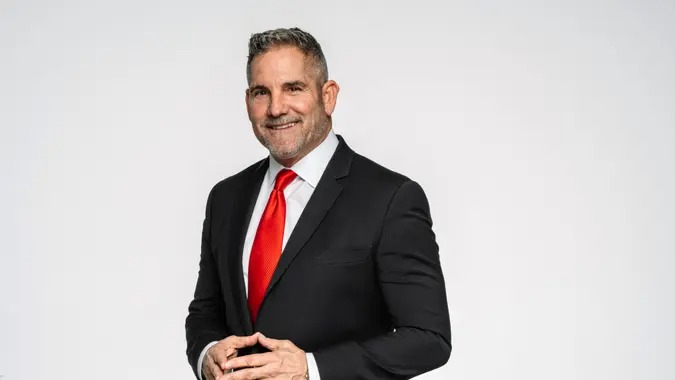
For many Americans, buying a home is the ultimate financial milestone. But the real estate mogul and 10X founder Grant Cardone has a blunt message: “Never buy a house, rent where you live,”
Yes, the same Grant Cardone who’s built a fortune through real estate investment.
In a recent interview with podcaster Sean Mike Kelly, Grant Cardone didn’t hold back. Buying a home to live in, he says, is a “terrible investment.” His reasoning? It’s emotional, expensive, and — most critically — it doesn’t pay you back.
“A [home] doesn’t cash flow. You don’t get big tax write-offs because of it. You have no leverage. You’re living in it. You’re paying for it.” Grant Cardone explained. “Even when the loan is paid, you don’t own it, no, you still got to pay property taxes, still got to insure, still got to maintain it.”
It’s a bold take, especially from someone with billions in real estate under management. But Grant Cardone isn’t against property ownership — he just thinks we are doing it wrong.
There’s math behind the message.
A recent study from Bankrate estimates that the hidden annual costs of homeownership — including insurance, taxes, maintenance, and utilities — average more than $18,000 per year. And that’s before factoring in mortgage payments.
Cardone’s core argument is about opportunity cost. The money you park in a down payment and a 30-year mortgage could be redirected into real estate that actually generates income, not just bills.
In short: it’s not just the down payment. It’s a recurring expense, and one that doesn’t produce cash flow. That’s a red flag for investors who measure everything in terms of return on capital.
“You’re a partner in this house with the state,” he said. “It ain’t your house.”
Grant Cardone isn’t saying real estate is off the table. Far from it. He just wants people to stop buying homes to live in — and instead invest in properties that generate income.
Here are three investment categories Grant Cardone suggests — all with lower emotional stakes and higher potential returns.
Grant Cardone lists retail as one possible path — but only the kind that thrives because of real-world foot traffic.
Ben Mallah, another real estate heavyweight, echoes the same. His focus? “Essential retail” — think grocery stores, pharmacies, and neighborhood plazas. The kind of places Amazon can’t disrupt.
These properties offer two core advantages: long-term tenants and sticky demand. A supermarket in a good location doesn’t just survive — it thrives.
You don’t need $2M to get in. Platforms like Fundrise and CrowdStreet let investors pool funds into curated retail properties. For public markets, REITs like Realty Income Corp (O) offer exposure to large portfolios of triple-net retail leases.
Grant Cardone made his name with apartment complexes — and it’s still his go-to.
Multifamily properties spread risk across units. If one tenant leaves, others still generate income. And with housing affordability at historic lows, demand for rentals remains strong.
This sector also benefits from economies of scale. Repairs, security, and property management become more efficient with more doors under one roof.
Individual ownership is possible, but often management-heavy. More scalable options include REITs like Camden Property Trust (CPT) or UDR Inc. (UDR). For passive income without the landlord headaches, Arrived Homes lets you buy fractional shares of rental properties.
Farmland is less talked about, but increasingly popular among sophisticated investors.
It’s simple economics: food demand grows, arable land doesn’t. That makes farmland a long-term hedge — and one with income potential via rent and crop sales.
“If you know how to get cows to cash flow, then do that,” Grant Cardone quipped.
He’s not wrong. Agricultural real estate returned solid double-digit growth over the past decade. And in volatile times, it’s hard to argue with the stability of literal land beneath your feet.
Farmland REITs like Gladstone Land (LAND) and Farmland Partners (FPI) offer exposure via public markets. Platforms like FarmTogether and AcreTrader offer access to private farmland deals, complete with cash distributions and appreciation upside.
Cardone’s stance cuts against tradition, but not without reason. For many, homeownership feels like security. For investors, it often looks more like a sunk cost.
The takeaway isn’t “never touch real estate.” It’s “never let sentiment drive strategy.”
Buy where you live? Maybe. But rent it first — then use your capital to own something that pays you back.
Because at the end of the day, living in your own estate isn’t a good investment. Owning real estate that pays you — now that’s the game that you should actually play.
Share this article: